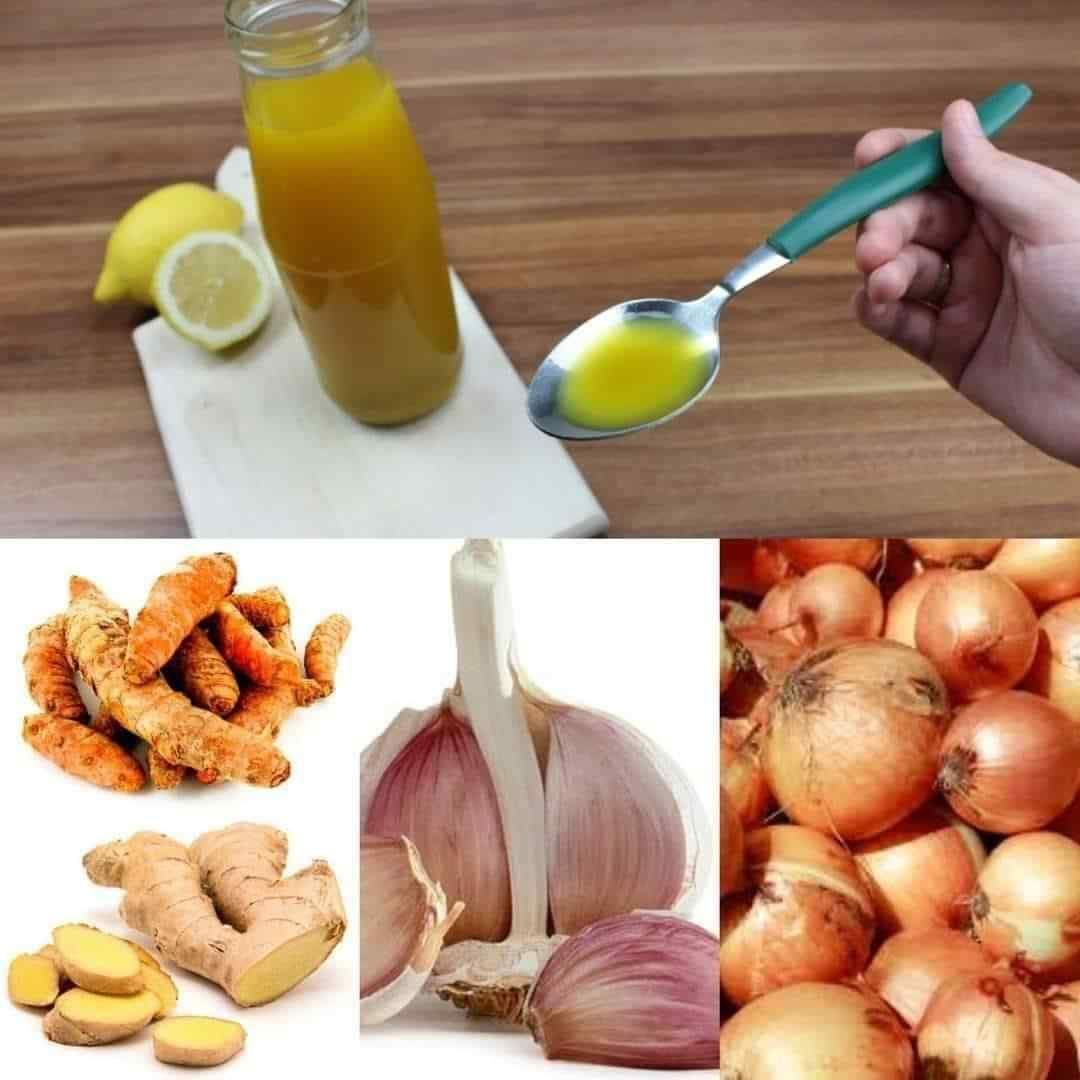Pruning tomato plants is an essential gardening skill that many overlook or perform incorrectly, often leading to less-than-ideal results. Knowing when and how to prune your tomato plants can promote healthier growth and significantly boost fruit production. One key factor in successful pruning is understanding the difference between determinate and indeterminate tomato varieties, as each requires a different approach.
This guide will walk you through the proper pruning methods for both types of tomatoes to help you achieve a bountiful, healthy harvest.
Understanding Tomato Plant Types
Tomatoes come in two main categories: determinate and indeterminate. Recognizing which type you have is the first step toward effective pruning.
- Determinate Tomatoes (also called “bush” tomatoes) grow to a fixed height, produce all their fruit in a short period, and then stop growing. These plants are compact and well-suited for containers or smaller garden spaces.
- Indeterminate Tomatoes (also known as “vining” tomatoes) continue growing and producing fruit throughout the season until frost or disease stops them. They can grow very tall and sprawling without proper pruning and support.
Pruning Indeterminate Tomato Plants
Indeterminate tomatoes benefit greatly from regular, careful pruning to avoid becoming overcrowded, which can lead to disease and lower yields.
1. Remove Lower Leaves
Start by cutting off the leaves closest to the ground. These leaves are prone to fungal infections and bacteria from soil contact. Removing them improves airflow and reduces disease risk.
2. Identify and Remove Suckers
Suckers are small shoots growing in the junction between the main stem and a branch. If left to grow, they create dense foliage that blocks sunlight and air, hampering fruit production.
Remove most suckers to help the plant focus its energy on fruit, but keep two or three strong stems to maintain a manageable number of branches. This approach, known as “single-stemming” or “double-stemming,” keeps plants productive and easier to care for.
3. Support and Train the Plant
Since indeterminate tomatoes grow continuously, provide sturdy support with cages, stakes, or trellises to keep vines upright. Proper support helps maintain airflow and makes harvesting easier.
Pruning Determinate Tomato Plants
Determinate tomatoes need minimal pruning because they grow to a set size and produce all their fruit within a short window.
1. Remove Only the Lower Leaves
Like indeterminate tomatoes, trim any leaves touching the soil to reduce disease risk.
2. Avoid Removing Suckers or Branches
Do not prune suckers or extra branches on determinate tomatoes, as these often contain flower buds that will produce fruit. Excessive pruning will reduce yield.
The only exception is removing diseased leaves or occasionally cutting a flower cluster too close to the ground early in growth to encourage stronger development.
Common Mistakes to Avoid
- Pruning determinate tomatoes like indeterminate varieties, which reduces fruit production.
- Letting indeterminate tomatoes grow wild and tangled, which invites disease and lowers yield.
- Removing too many leaves at once, which stresses the plant and reduces photosynthesis.
Conclusion
Proper pruning can dramatically improve the health, growth, and fruit yield of your tomato plants. Understanding whether your tomatoes are determinate or indeterminate allows you to apply the right pruning techniques—removing just enough foliage while preserving essential flowering stems. This balance encourages larger, more abundant fruit and minimizes disease risk.
Take time to observe your plants, learn their growth habits, and prune accordingly. With consistent care, you’ll enjoy a thriving tomato harvest all season long.





